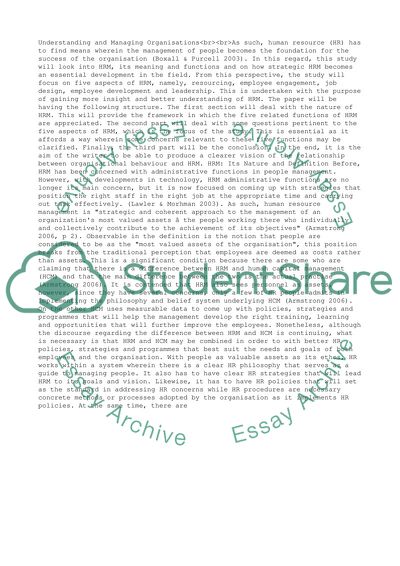Cite this document
(“Understanding & Managing Organisations Essay Example | Topics and Well Written Essays - 3000 words”, n.d.)
Retrieved from https://studentshare.org/management/1393604-understanding-managing-organisations
Retrieved from https://studentshare.org/management/1393604-understanding-managing-organisations
(Understanding & Managing Organisations Essay Example | Topics and Well Written Essays - 3000 Words)
https://studentshare.org/management/1393604-understanding-managing-organisations.
https://studentshare.org/management/1393604-understanding-managing-organisations.
“Understanding & Managing Organisations Essay Example | Topics and Well Written Essays - 3000 Words”, n.d. https://studentshare.org/management/1393604-understanding-managing-organisations.


